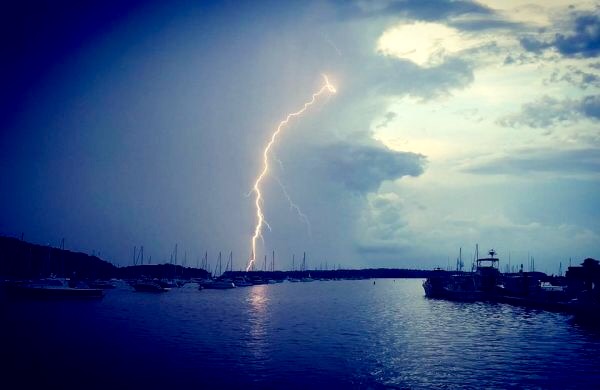
Here are some answers to some questions that seemingly always come up.
Marine insurance is important as it protects your vessel from damage upon exposure to a broad range of risks, such as accident of the vehicle carrying the cargo, failure in the dock or port area and any damage incurred at sea. If you are planning to visit unfamiliar or international waters then all accidents and damages will be subjected to the laws and regulations of that jurisdiction.
How important is boat insurance?
Insurance provides monetary compensation against a predetermined risk. An insurance company offers such protection for a payment (or premium). It is also the amount the insurance company agrees to pay when an unfortunate event occurs. Insurance is a benefit to the society at large by allowing individuals to share the risks faced by many people. An insurance policy is a written agreement between an insurance company and an individual or organization that requires insurance. The insurance policy sets out the terms and conditions and specifies the risks that will be compensated for.
What is a Protection and Indemnity Insurance?
Protection and indemnity (called P & I) insurance protects the vessel owners against their liability for damage to cargo in their care and custody; death or injury to passengers, crew, cargo loaders, and others; damage caused to piers, docks, underwater cables, and bridges; and, more recently, damage caused by pollution. The terms and conditions of the policy can be extended, limited, excluded, modified or changed upon the request of the client.
What is Marine Hull Insurance?
Hull insurance affords protection to owners of all types of ships for loss or damage to their waterborne property. Typical perils insured against are stranding, sinking, fire, and collision. The hull policy offers an unusual coverage under its collision clause, which provides liability insurance for loss or damage to the other vessel involved in a collision, as well as to its cargo.
What does Freight, Demurrage and Defense Insurance Cover?
FD&D covers the costs involved for necessary legal assistance in charter party and other contractual disputes which are directly connected with the operation of the vessel. The cover entitles clients to a comprehensive legal consultancy service.
What is War Risks insurance?
Usual Hull insurance does not cover the risks of a vessel sailing into a war zone. A typical example is the risk to a tanker sailing in the Persian Gulf during the Gulf War. War risks cover protects, at an additional premium, against the danger of loss in a war zone. The war risks areas are established by the London-based Joint War Committee, which has recently moved to include the Malacca Straits as a war risks area due to piracy.
How much can I expect to pay for marine insurance?
Cost for marine insurance depends on several factors, like your boating experience, current navigational equipment, where your yacht will be used, the value of your yacht and whether you will be living aboard or cruising offshore.